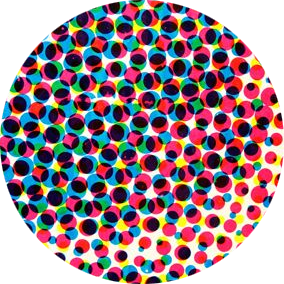The Horror of the Awkward in the Comics of Emily Carroll

Though more often the framework for comedy than horror in Western media, social anxiety and ostracization are often used by Emily Carroll as a vessel for creating vulnerable characters who can be either afeared or fearful in consequence. 1/12




Similar observations have been made of Shirley Jackson’s The Haunting of Hill House. Ali and Sayed argue that Jackson’s narrator “may be the target of the haunting of Hill House, or she may be the one doing the haunting” as a specific result of her social anxiety. 5/12

Stephen King, meanwhile, litters his works with socially-isolated individuals who are either uniquely vulnerable to violence (physical or psychological) or anxiety-inducing for how abnormal (and therefore threatening) they appear to be. 6/12

We can go outside of horror too and identify social isolation as a key theme of the American Modernist movement, as in Sherwood Anderson’s Winesburg, Ohio, which explores social isolation from multiple perspectives, later informing the works of Hemmingway and Faulkner. 7/12

Carroll operates in this same tradition. In “His Face All Red” Carroll’s murderous protagonist draws motive from his own social isolation but is also uniquely dangerous because his isolated society doesn’t really understand him enough to take caution. 8/12

That the society would fail to recognize his viciousness further reflects his isolation. They don’t see him. They do not recognize or acknowledge his reality, and their failure to do so makes both them and, arguably, him, unsafe in consequence. 9/12

In “A Guest in the House” social anxiety is a defining attribute of the protagonist, carefully cultivated in numerous scenes. In consequence of it, the heroine falls into a sketchy marriage and an even sketchier alliance with a supernatural entity. 10/12

And while these horror protagonists often (or usually) take social anxiety far beyond the level of the reader, the core of that feeling is deeply relatable to anyone – perhaps even moreso when taken to an extreme, thus mimicking the voices of our insecurities. 11/12

And that’s where Carroll leaves us: inhabiting characters who mirror our perception of our own isolation in our lowest moments – vulnerable and exposed in a hostile world that wants to take advantage of us. It’s a classic horror strategy, executed to perfection. 12/12
This thread has a video version! Watch here or on YouTube.
